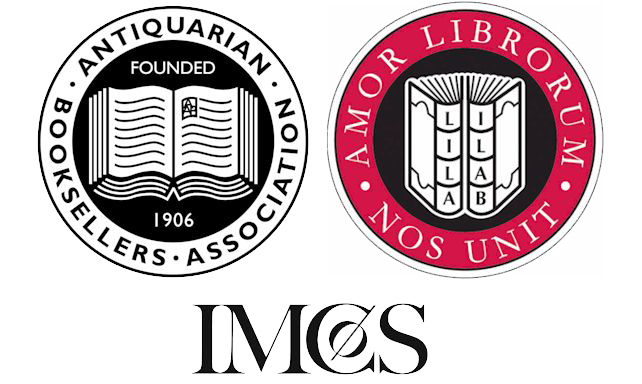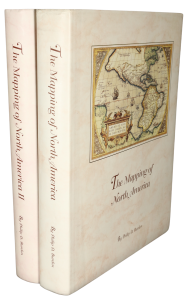Rare Maps and Prints
- World & Celestial
- North America
- West Indies, South & Central America
- British Isles
- British Isles
- English counties
- Large-scale
- Bedfordshire
- Berkshire
- Buckinghamshire
- Cambridgeshire
- Cheshire
- Cornwall
- Cumberland
- Derbyshire
- Devon
- Dorset
- Durham
- Essex
- Gloucestershire
- Hampshire
- Herefordshire
- Hertfordshire
- Huntingdonshire
- Islands
- Kent
- Lancashire
- Leicestershire
- Lincolnshire
- Middlesex
- Norfolk
- Northamptonshire
- Northumberland
- Nottinghamshire
- Oxfordshire
- Rutland
- Shropshire
- Somerset
- Staffordshire
- Suffolk
- Surrey
- Sussex
- Warwickshire
- Westmoreland
- Wiltshire
- Worcestershire
- Yorkshire
- Wales
- Scotland
- Ireland
- Western Europe
- Eastern Europe
- Middle East
- Africa
- Asia
- Australasia & Pacific
- Decorative Prints
- Title Pages
Mr. Philip D. Burden
P.O. Box 863,
Chalfont St. Giles, Bucks HP6 9HD,
UNITED KINGDOM
Tel: +44 (0) 1494 76 33 13
Email: enquiries@caburden.com
‘In 1692 Pierre Mortier had published a Dutch contrefaçon of the ‘Atlas Nouveau’ by Alexis-Hubert Jaillot. It was issued in partnership with Pierre Huguetan, a French bookseller resident in Amsterdam, who provided considerable financial backing. Their next project was an edition of Jaillot’s ‘Neptune François’, first published in 1693. For this Mortier employed the finest engravers and extended the work with the magnificent ‘Cartes Marines à l’usage du Roy de la Grande Bretagne’. It contained only nine charts, eight of which were of British waters. They are engraved by Romain de Hooghe, who was in the employ of William III at the time, and are arguably the most stunning sea charts produced to date’ (Burden). ‘Few great artists have turned their hands to mapmaking … Romeyn de Hooghe was an exception to the pattern. A celebrated artist from the late seventeenth century, he was responsible for a volume of nine sea charts’ (Campbell).
Pierre Mortier (1661-1711) was listed as a member of the guild of booksellers in August 1685. He most likely received his training in Paris working as a bookseller between 1681-c.1685. His sign, ‘The City of Paris’ was an expression of the excellent links he had with that city. He specialised in French language books. Mortier was one of the most successful booksellers in Amsterdam at the time and amassed considerable wealth during his lifetime. To Mortier must be given the credit for reviving a flagging Dutch cartographic heritage. Most of the maps produced at the time were out of date. He recognised that the cutting edge of the map business at the time was in Paris, and with his contacts there began to move into the atlas business.Burden (2007) p. 486; Campbell (1981) pl. 44; Koeman (1967-70) IV Mor 5 E.






